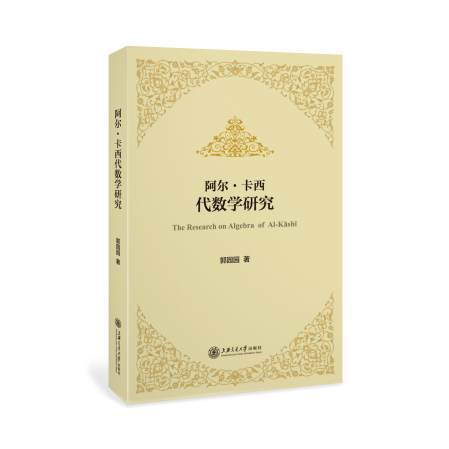- Brief Introduction to The Research on Algebra of Kāshī

Research on Algebra of Kāshī, Written by Guo yuanyuan who is an assistant professor in the Institute for History of Natural Sciences of China Academy of Sciences, was published by Shanghai Jiao Tong University Press in 2017.
Al-Kāshī(1380-1429) was one of the best mathematicians in the Islamic word. He left three math books --- Treatise of Chord and Sine (?), Treatise on the Circumference (1424) and The Key to Arithmetic (1427). This new book is a research on the algebra of them.
It is that the determination of sin1°in Treatise of Chord and Sine was one of the highlights of the medieval Islamic mathematics. Al-Kāshī reduced the computation of sin1°to the solution of a known coefficients cubic equation with iteration method. Al-Kāshī first found the method, but the associated iterative algorithms have long been. In his Treatise on the Circumference, al-Kāshī adopted regular polygons to approximate circle circumference to calculate Pi. The results show that an insight into the relationship among the side number of the regular polygons, plus the length accuracy and the precision of Pi, were crucial in al-Kāshī`s high accuracy of Pi. The Key to Arithmetic consists of five treatises --- arithmetic of whole number, arithmetic of fractions, arithmetic of sexagesimals, geometry, and algebra. Astronomers, architects, artisans, surveyors, and merchants used it for centuries as a textbook in the Islamic world. Its algebra embodies many traces of ancient Chinese mathematics. All these researches have positive significance for making up the missing links in traditional study and reassessing al-Kāshī’s mathematical achievements.




